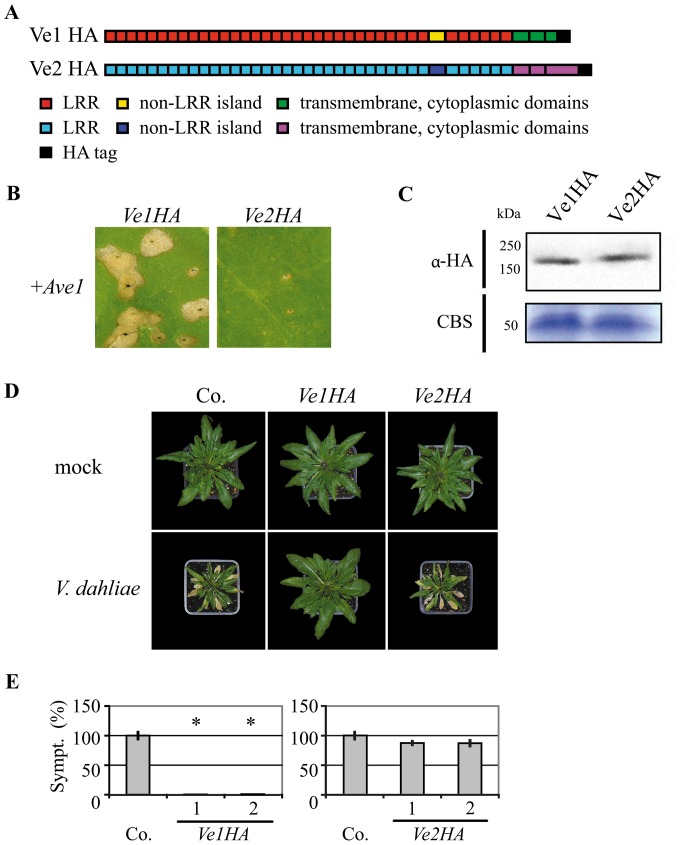Figure 1. Ve1, but not of Ve2, provides resistance against V. dahliae race 1.
(A) Schematic representation of the transgenically expressed Ve1 (Ve1HA) and Ve2 (Ve2HA) proteins. (B) Co-expression of Ve1HA, but not Ve2HA, with Ave1 in tobacco results in a HR. Pictures were taken at five days post infiltration, and show representative leaves of at least 3 independent infiltrations. (C) HA-tagged Ve proteins were detected using HA antibody (α-HA). Coomassie-stained blots (CBS) showing the 50 kDa Rubisco band present in the input samples confirm equal loading. (D) Typical appearance of non-transgenic sgs2 (Co.) and transgenic Arabidopsis sgs2 lines that constitutively express Ve1 or Ve2 (Ve1HA and Ve2HA, respectively) upon mock-inoculation or inoculation with V. dahliae race 1. Photographs were taken at three weeks post inoculation and show a representative plant of the non-transgenic sgs2 as well as a representative plant from one of the independent transgenic lines. (E) Quantification of Verticillium wilt symptoms (Sympt.) in Co. and transgenic lines. Bars represent quantification of symptom development shown as percentage of diseased rosette leaves with standard deviation. Co. is set to 100%. Asterisks indicate significant differences when compared with Co. (P<0.001). For each construct two independent transgenic lines are shown (1, 2).

